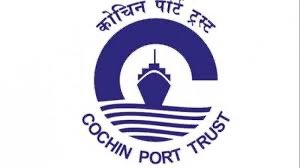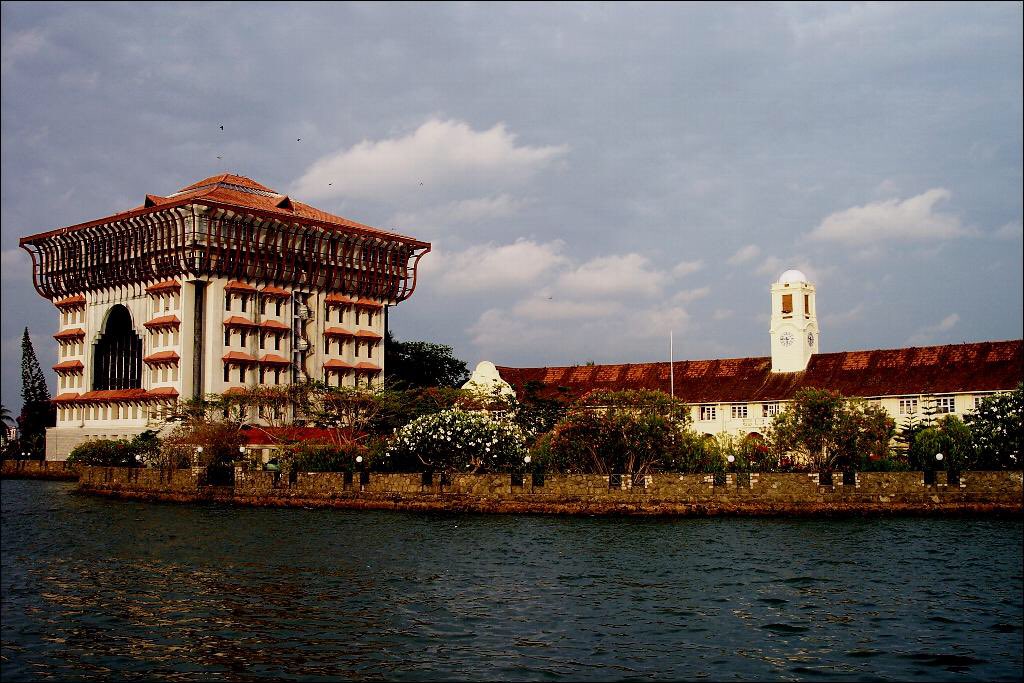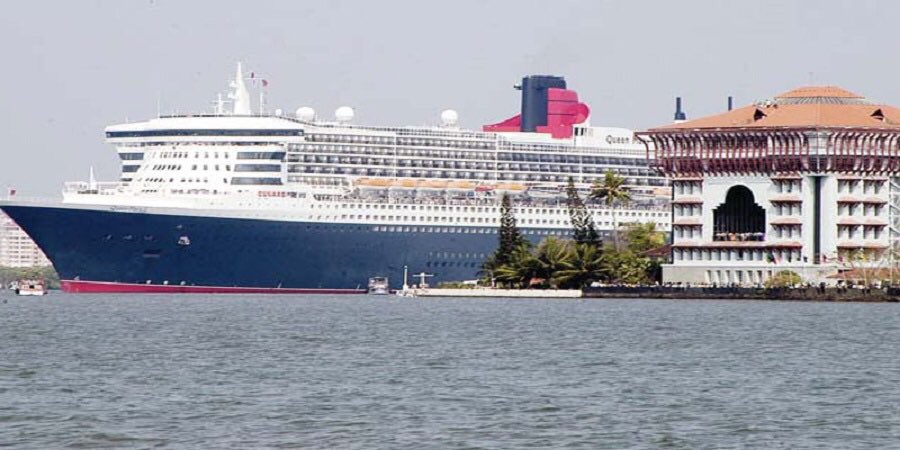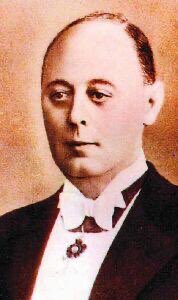Having spent my entire childhood in #Kochi (#Cochin ), it feels criminal to not know the story of how the city came to be the #metropolis it is today. Putting together a thread to trace the journey of the city which has been so endearingly mine (1)
The story of Cochin is not just about how an engineering marvel can change social fabric, but also of many tenets of #British #Colonialism in India which is often taken for granted, passed off lazily as exploitation, missing nuance (2)
(To be continued) In Part 3: The Old Bristow City #cities #urbanplanning #urban #industries #trade
The impact of singular structures like ports on the social fabric of a city is often overrated, but in the case of Cochin, it has been rather overlooked. The harbour at Cochin is what brought together various states which claimed ownership to it (41)




Sources:
DGShipping.gov.in
‘Cochin Saga’ - Memoirs of Robert Bristow
Kerala History and it’s Makers - Sreedhara Menon
A Club from the British Raj turns 75 - hindu.com/2006/07/20/sto…
Cochin Harbour and Willingdon Island - web.archive.org/web/2006110714…


